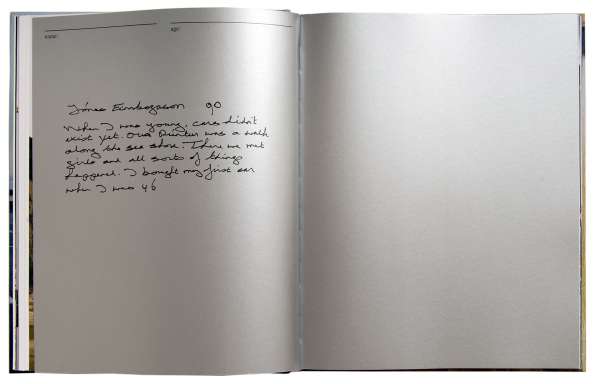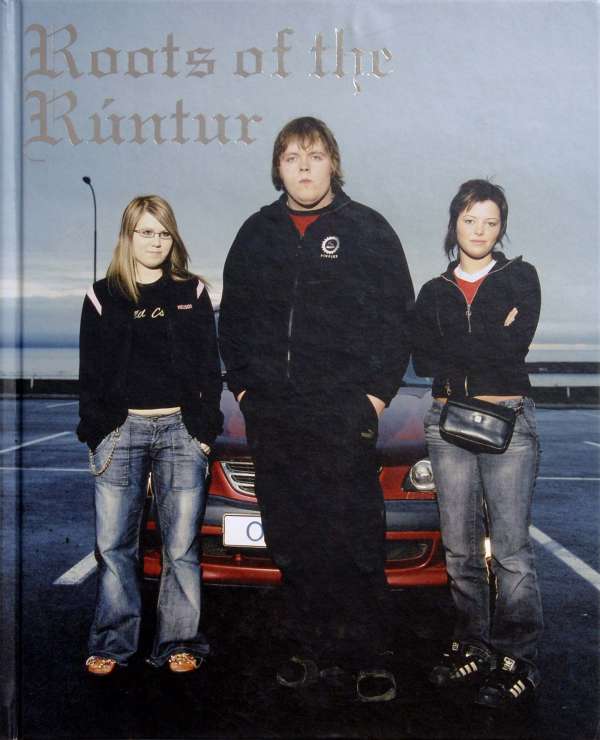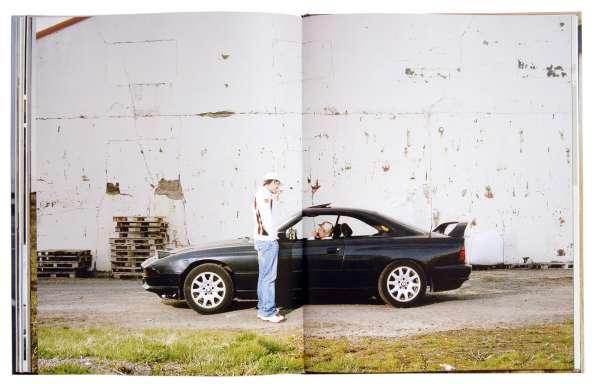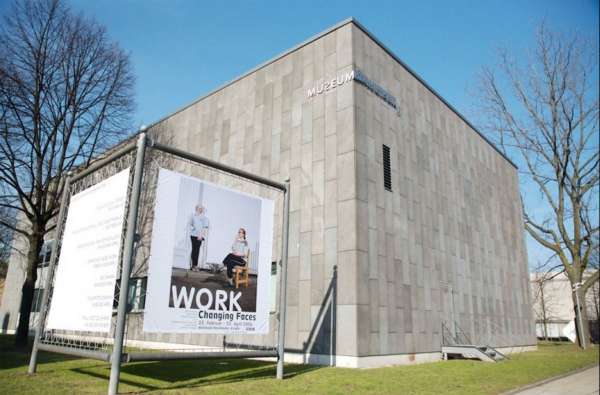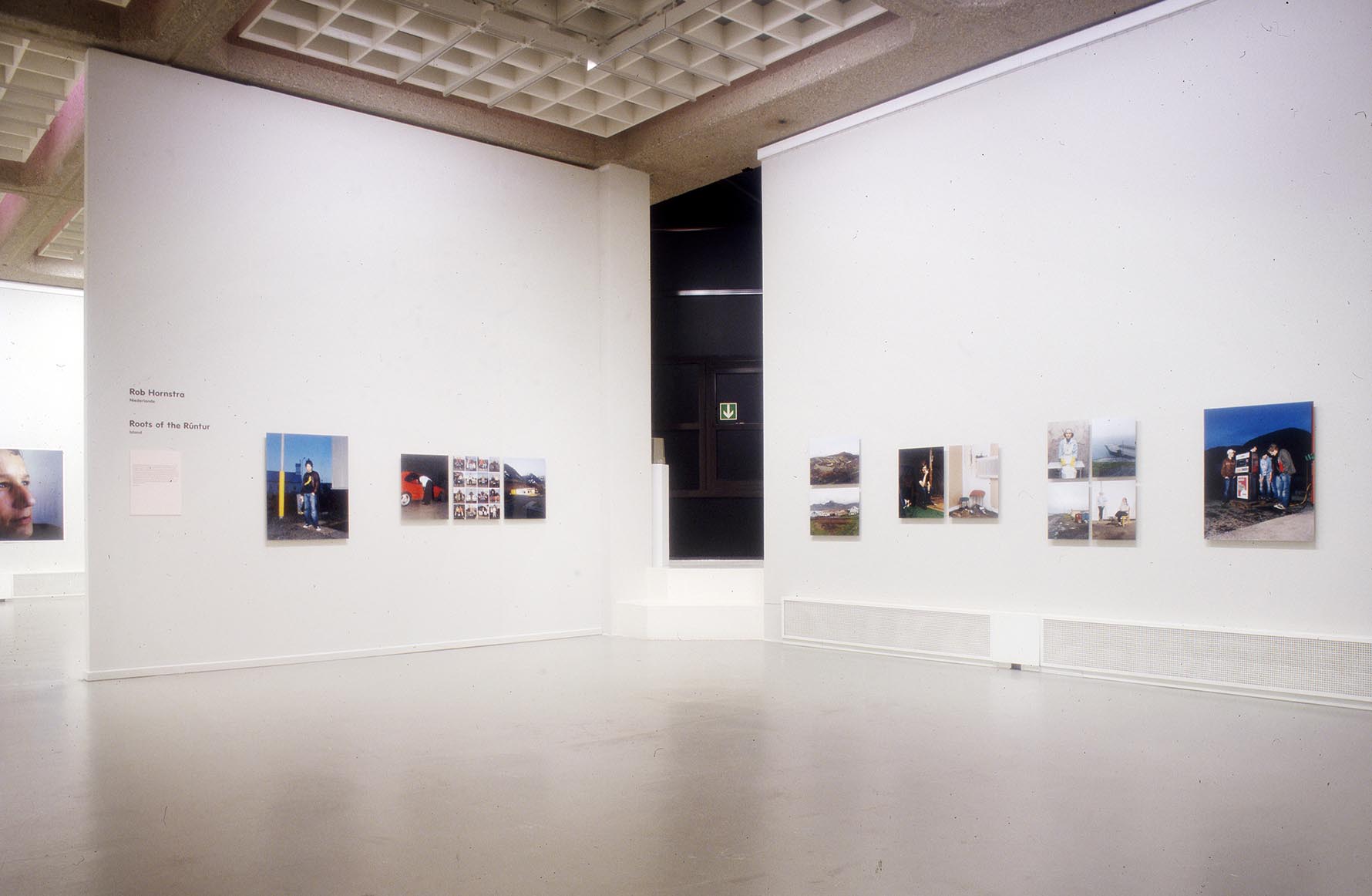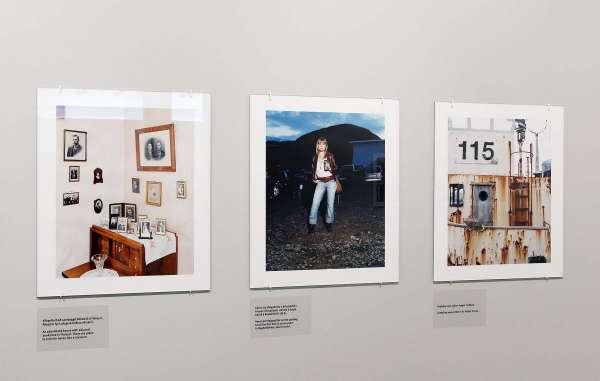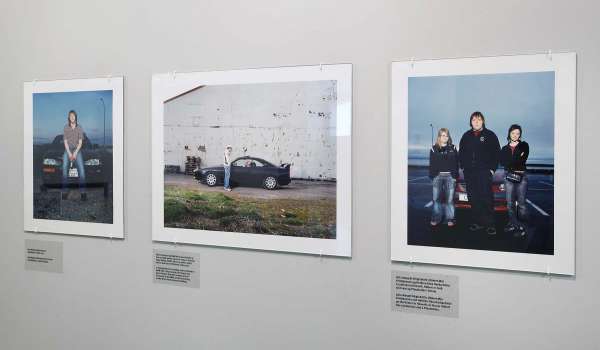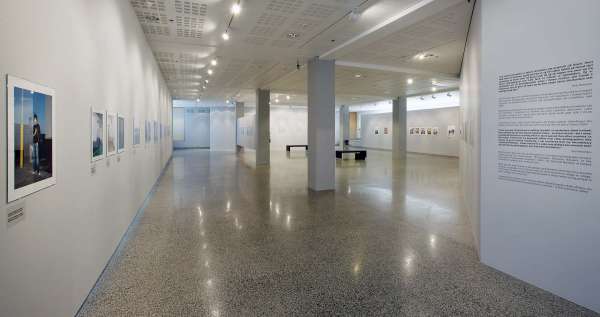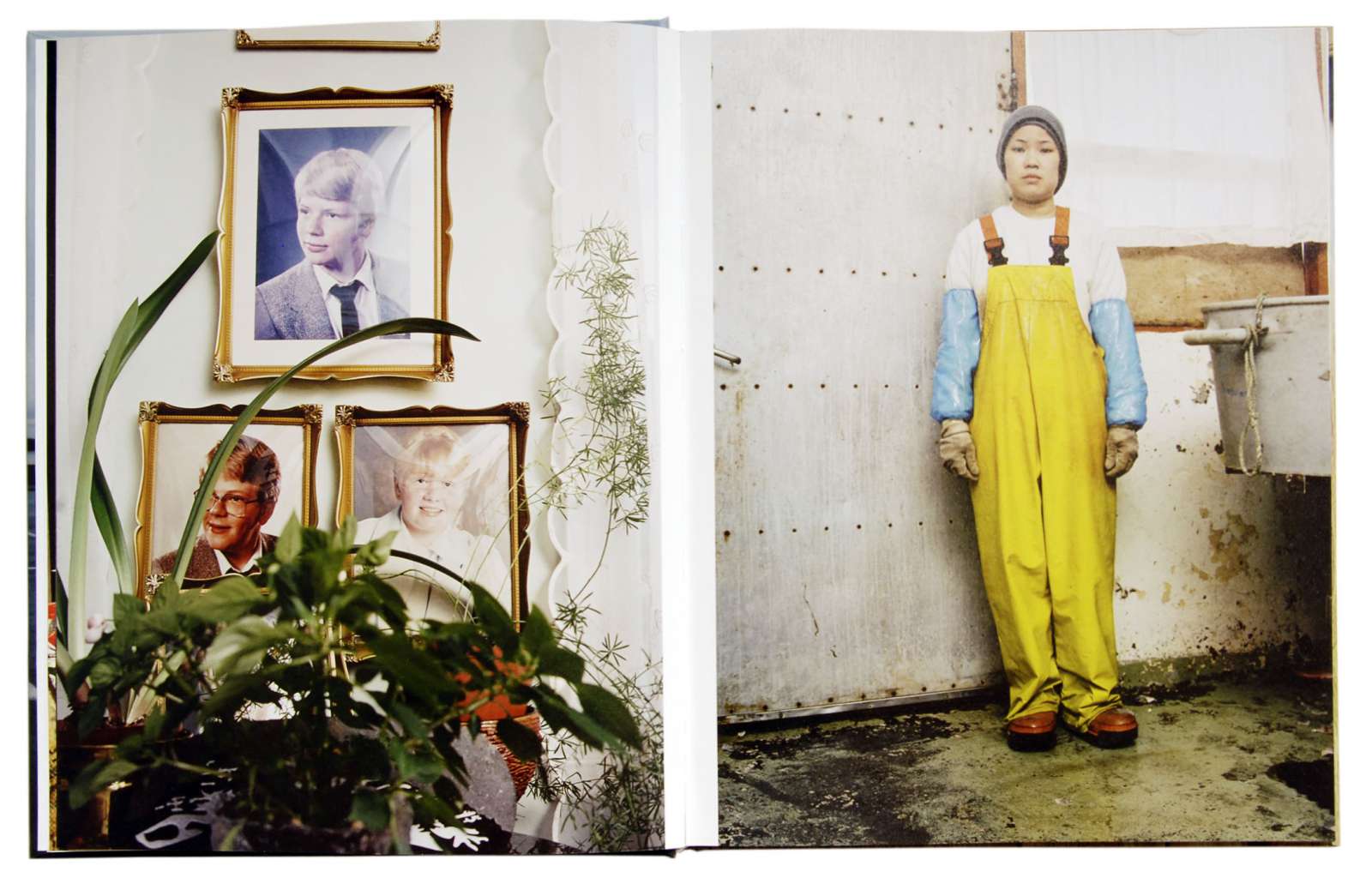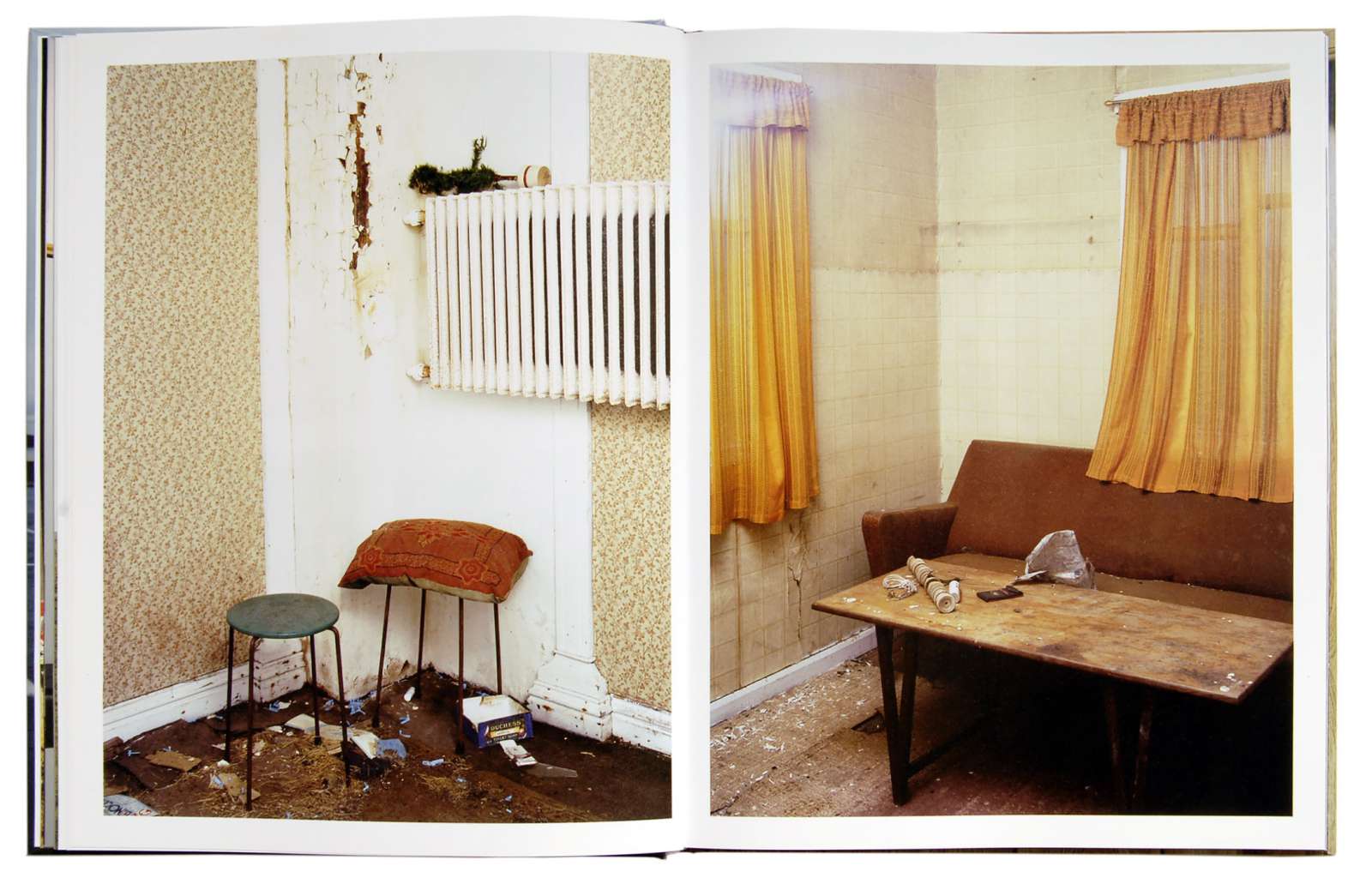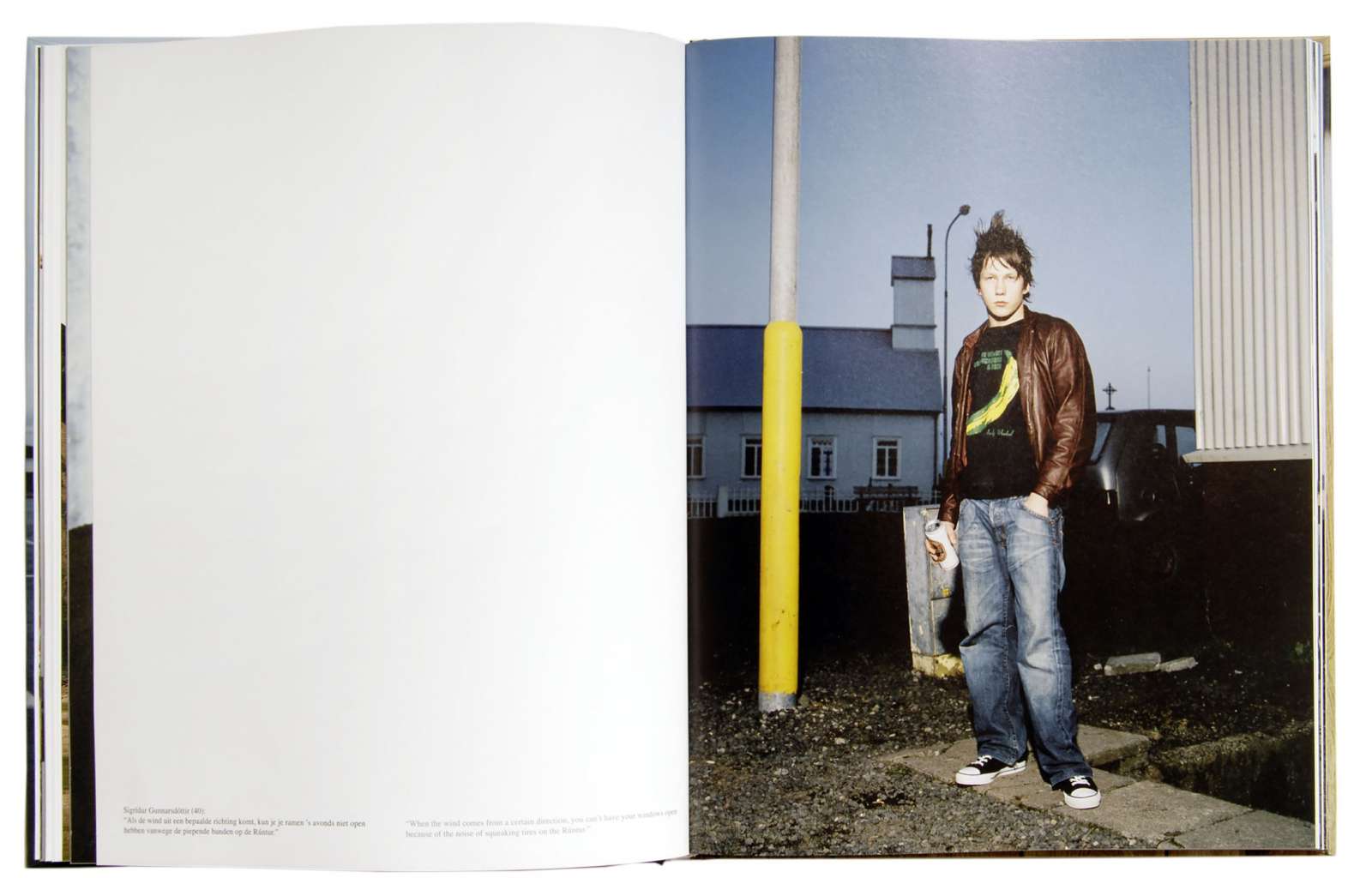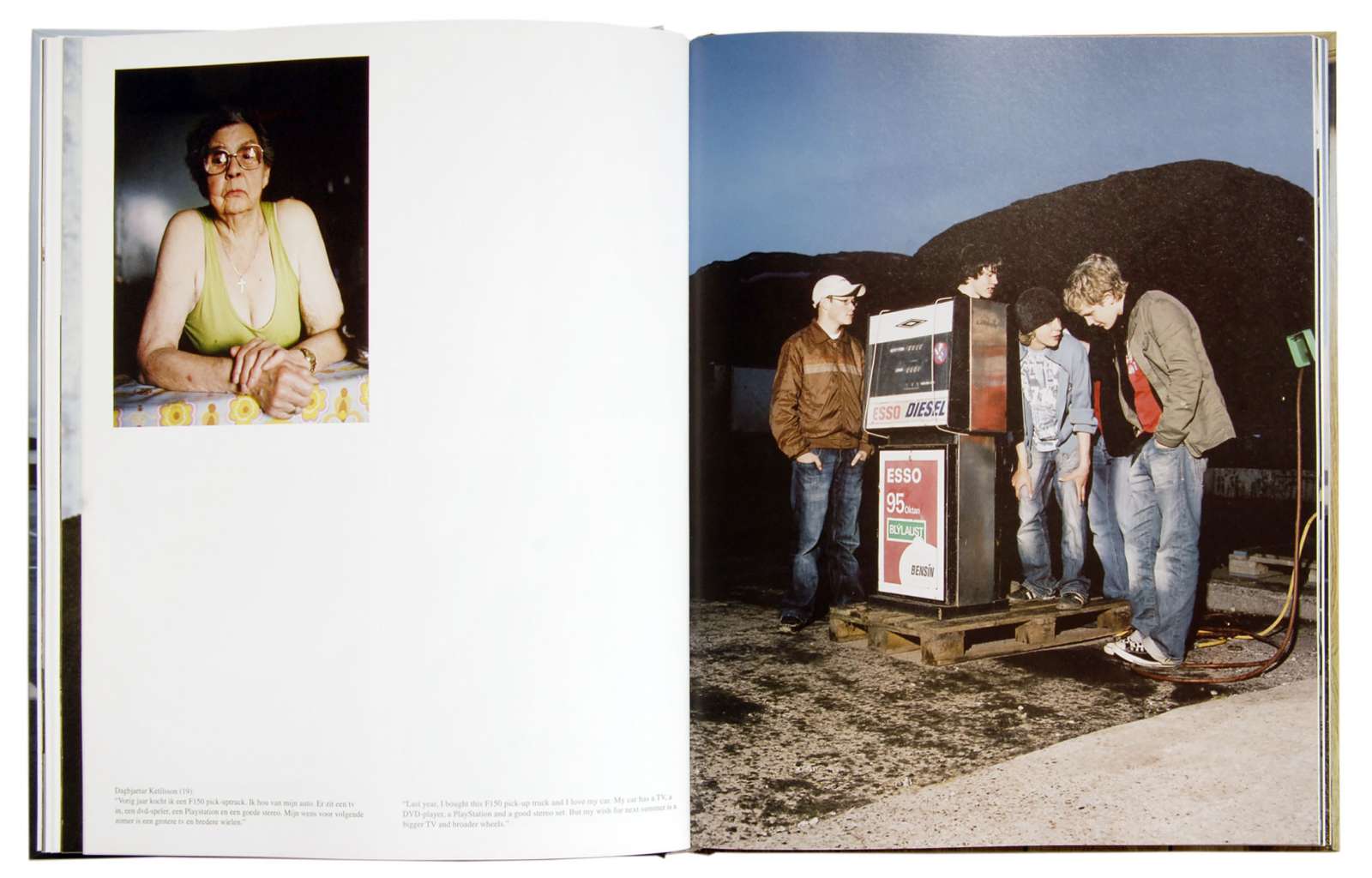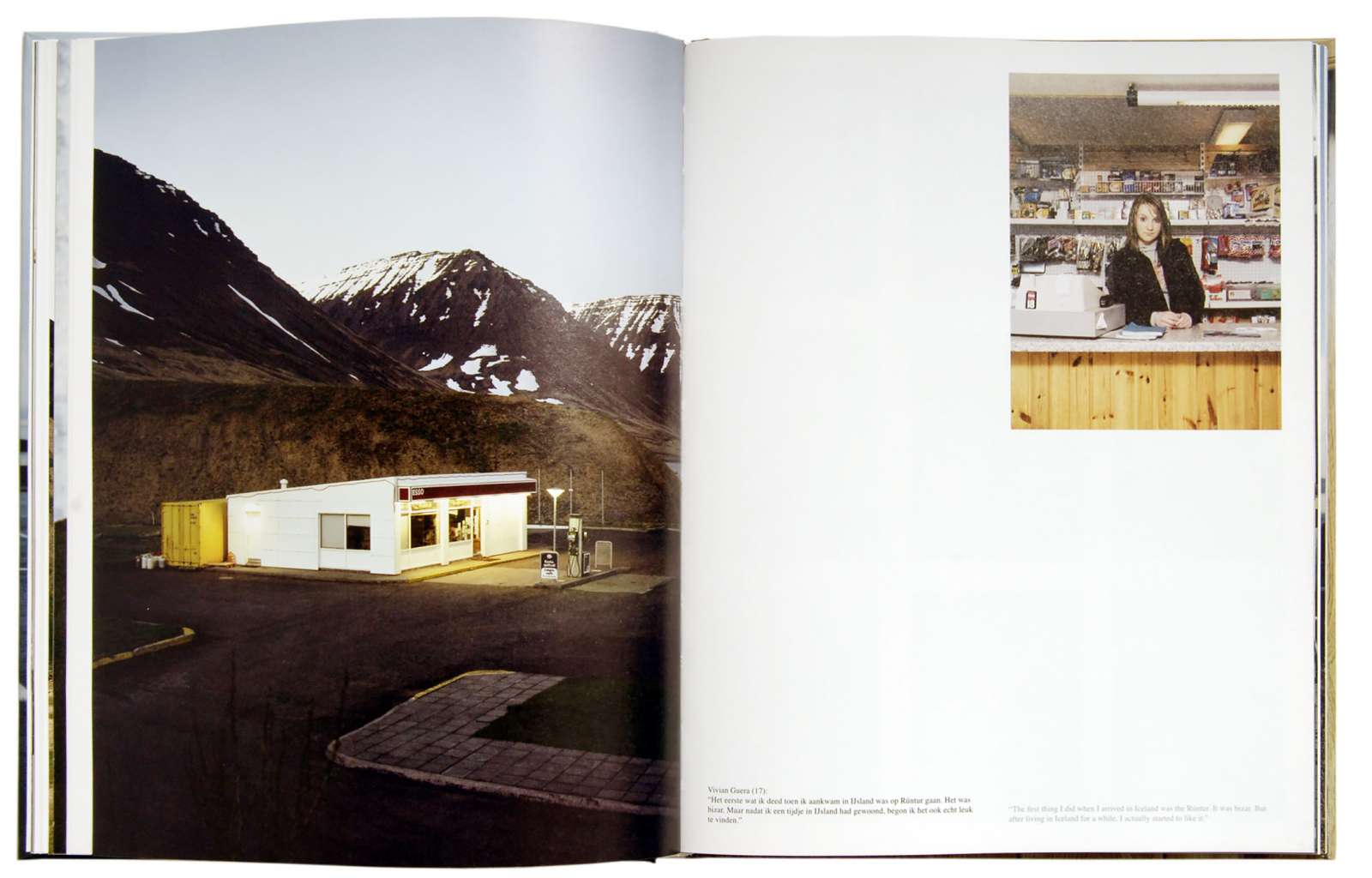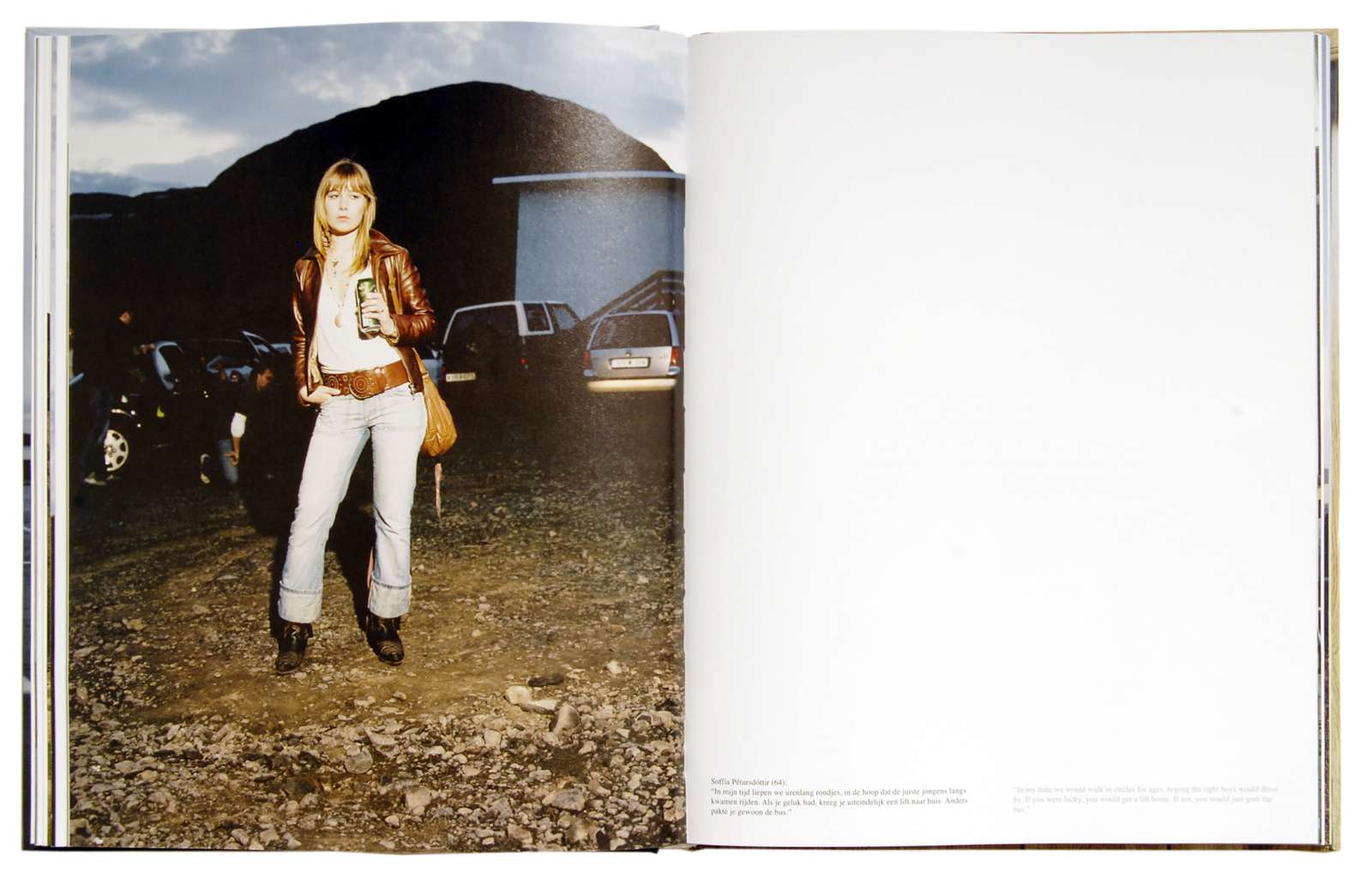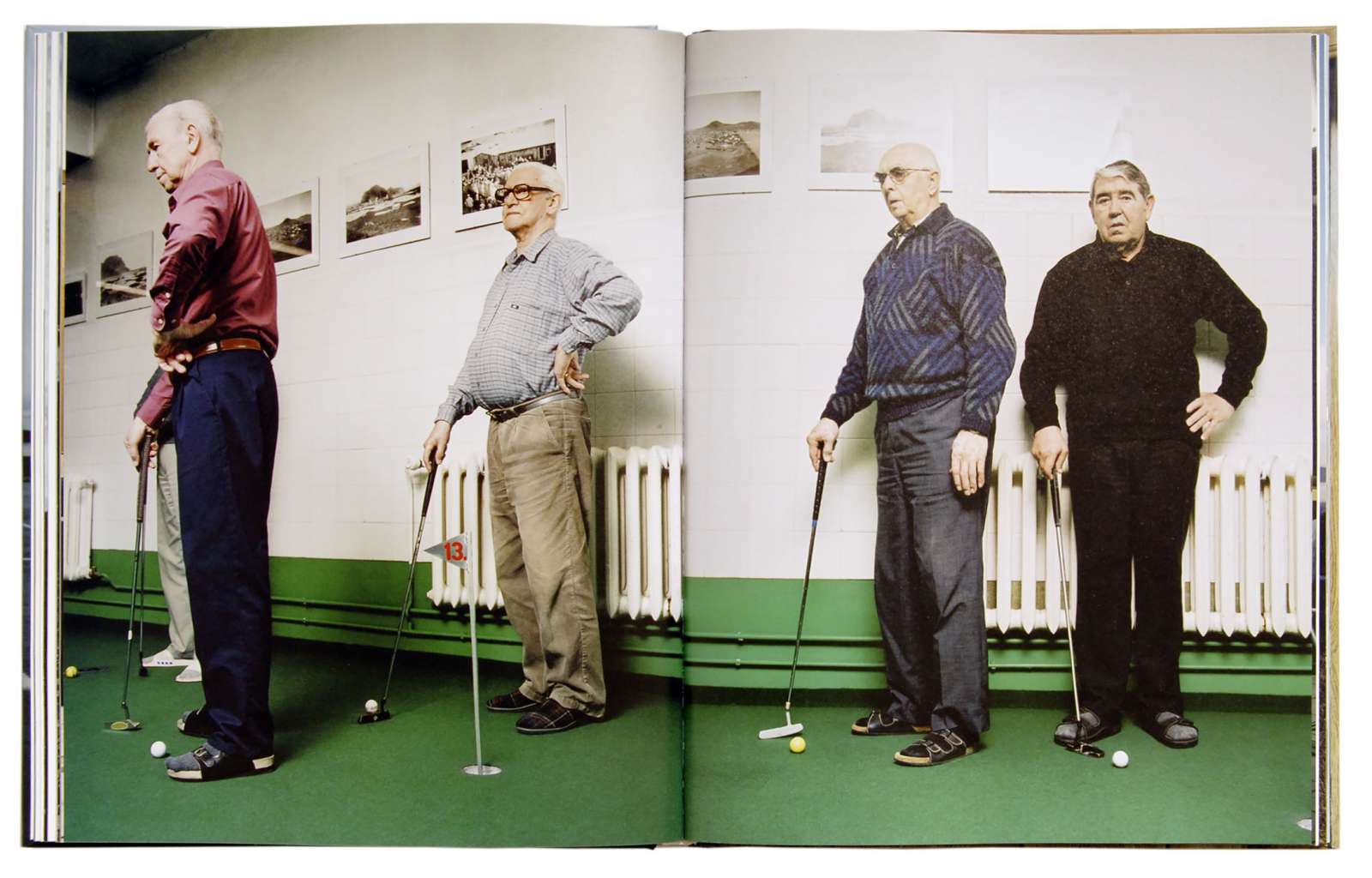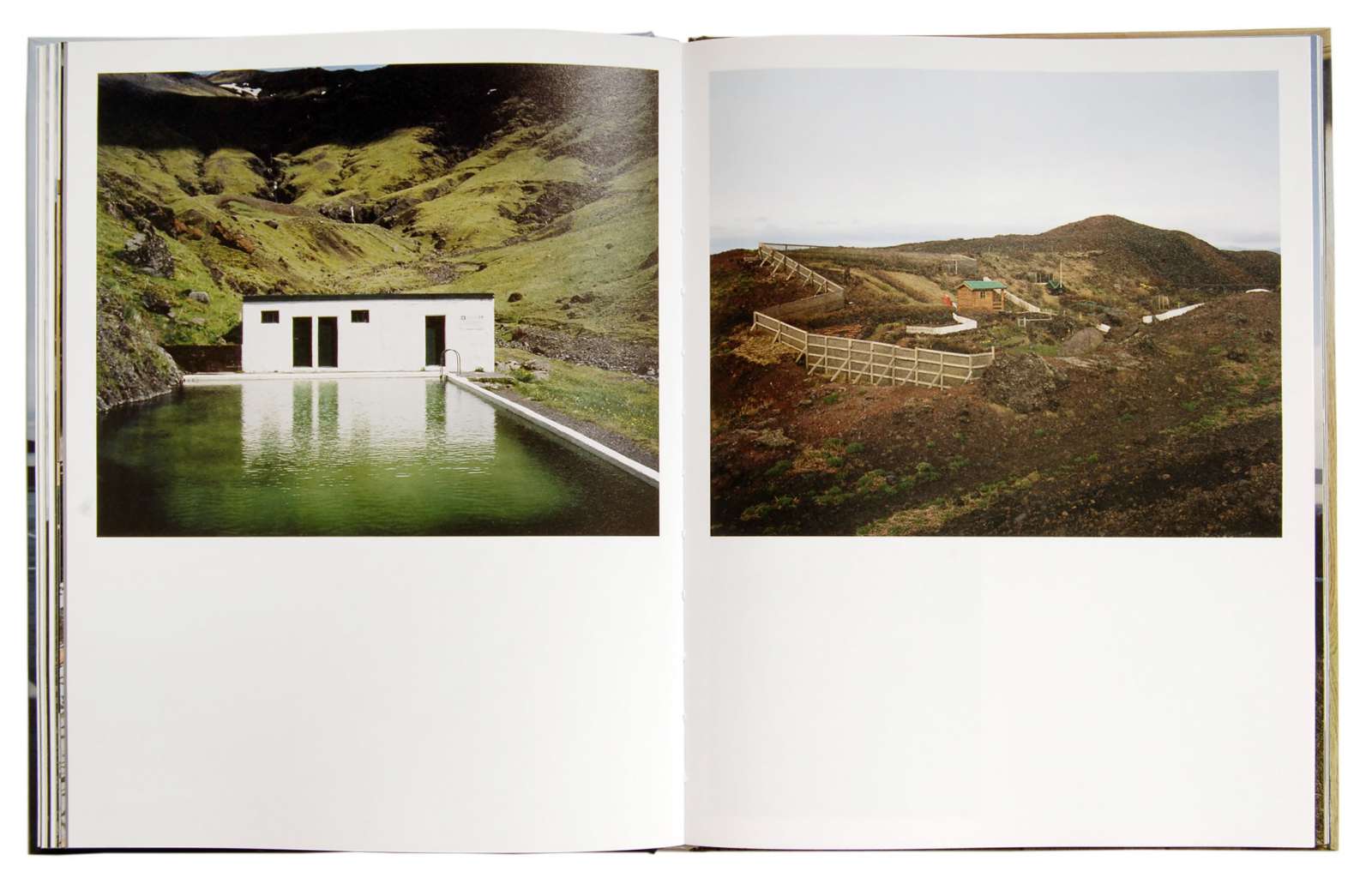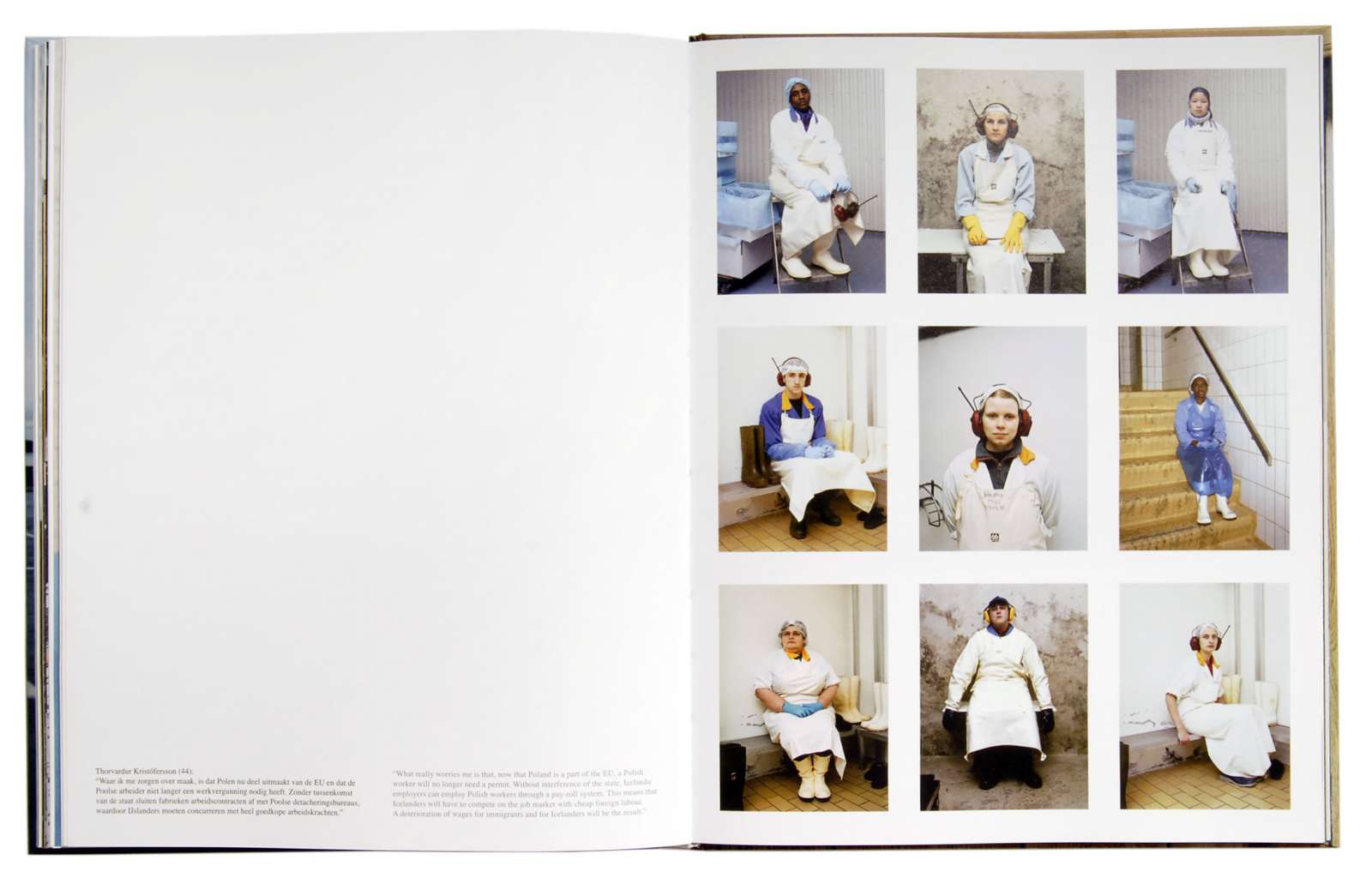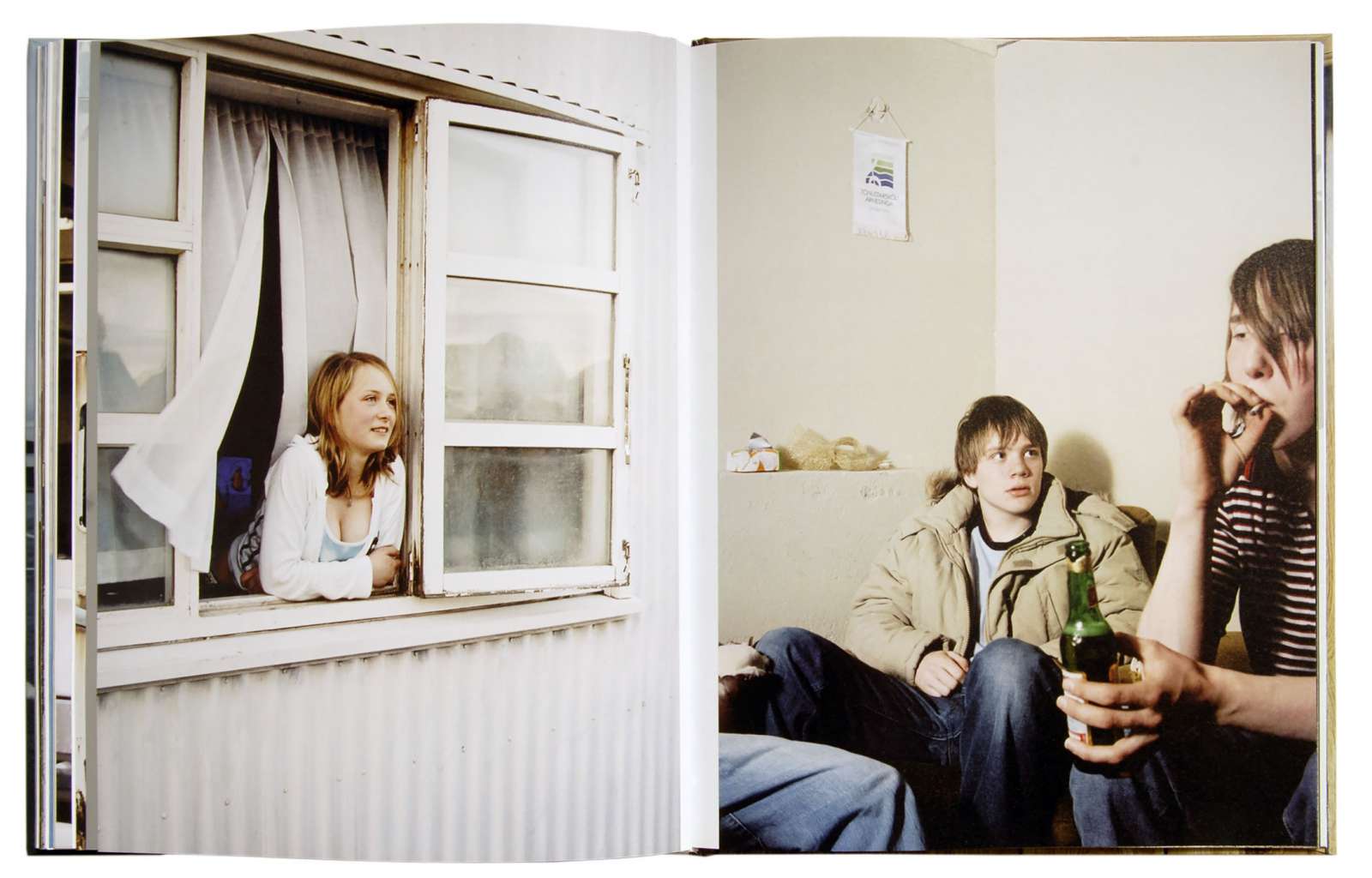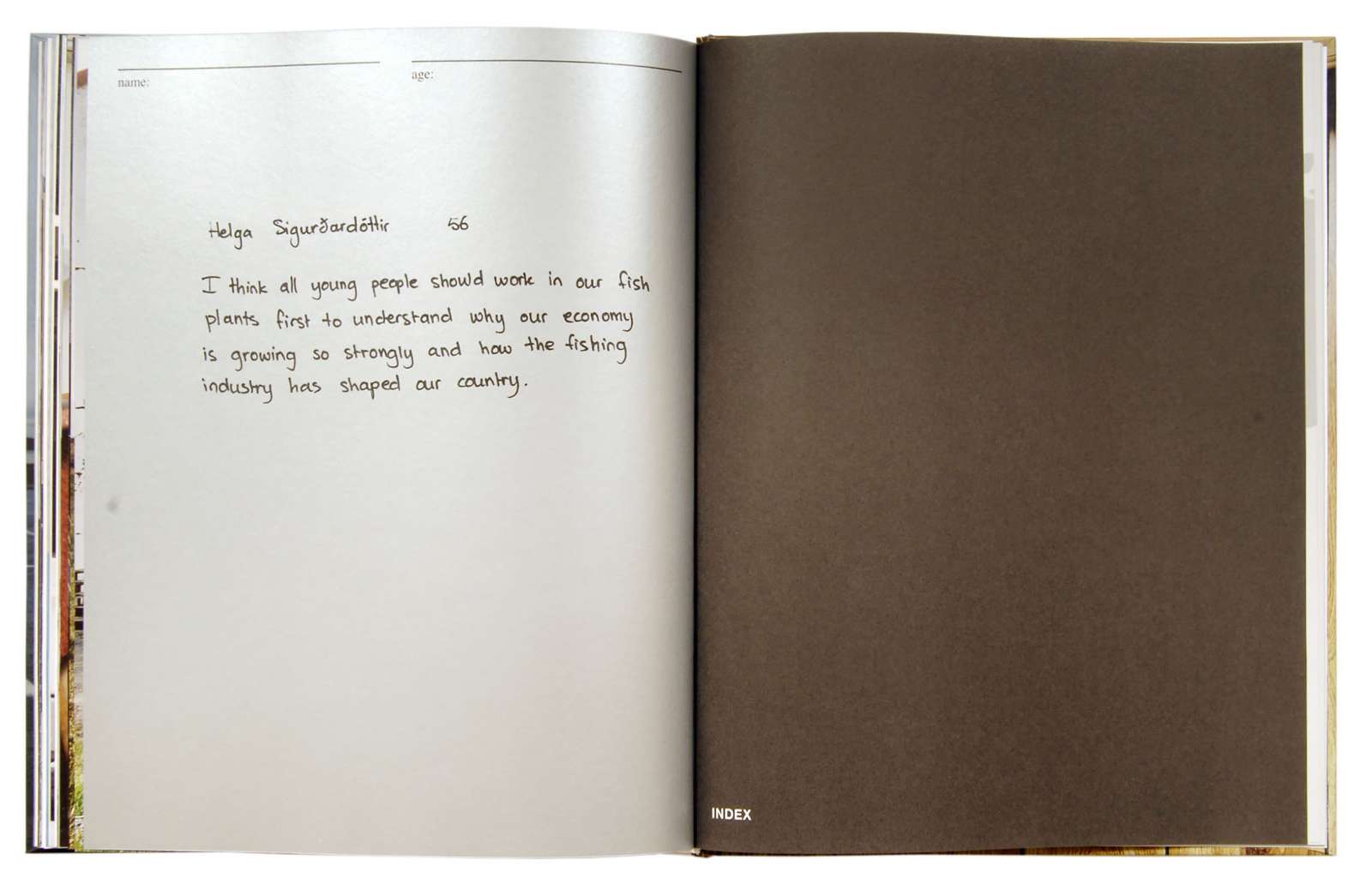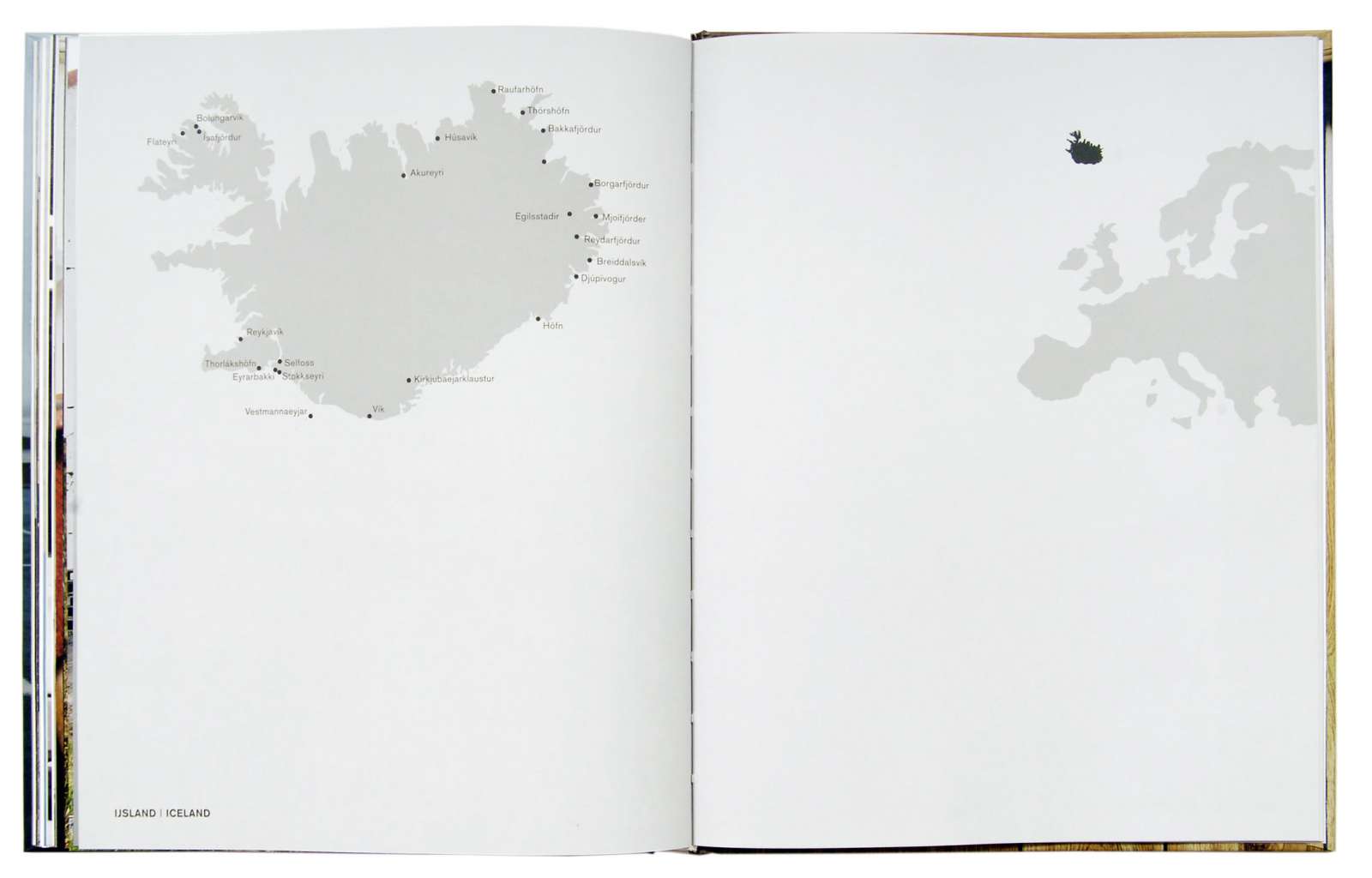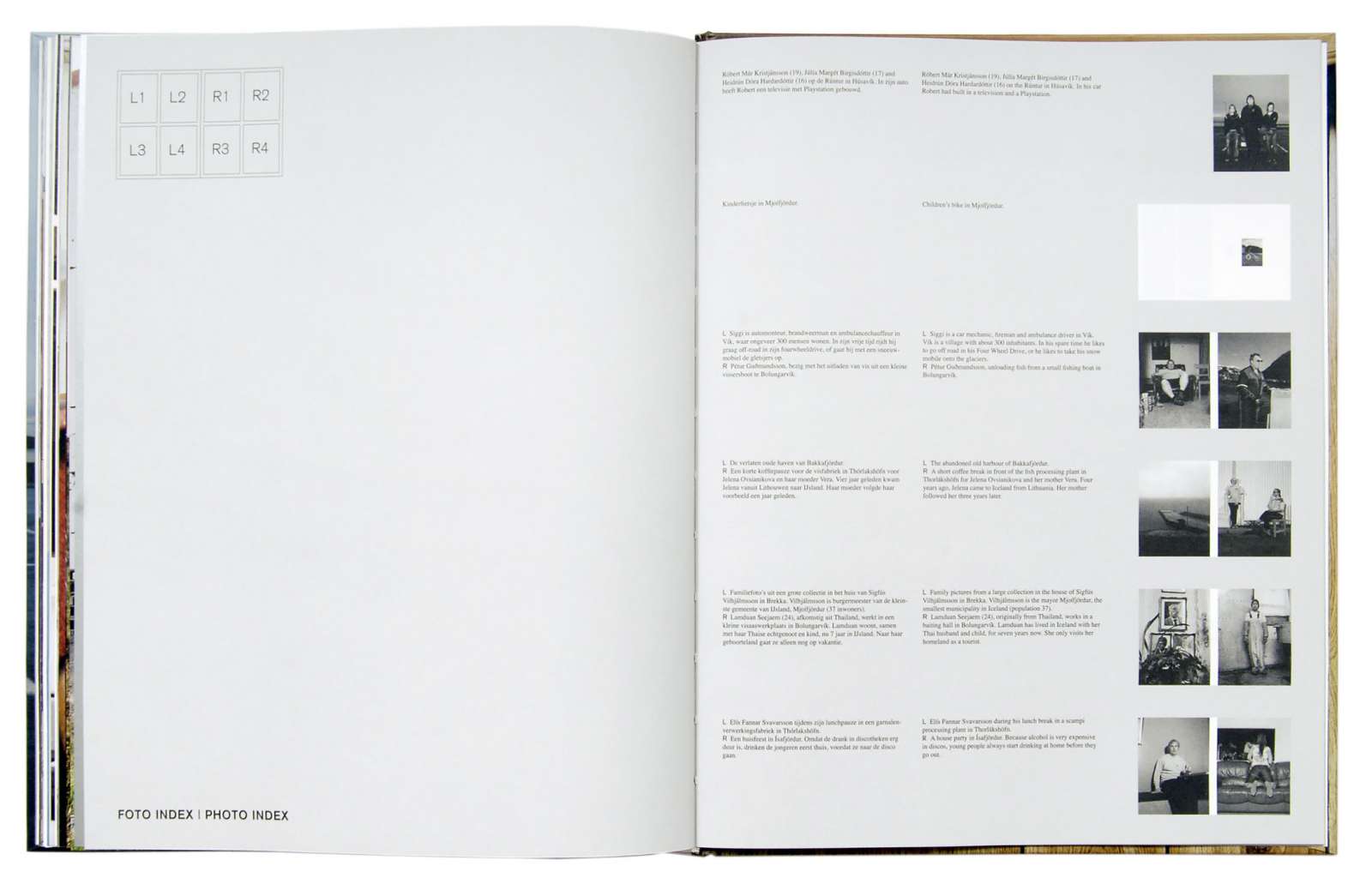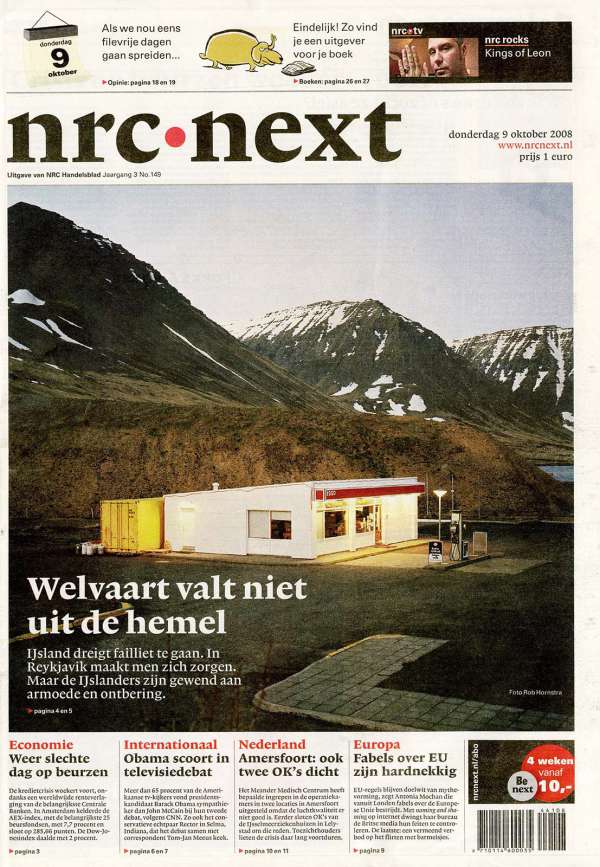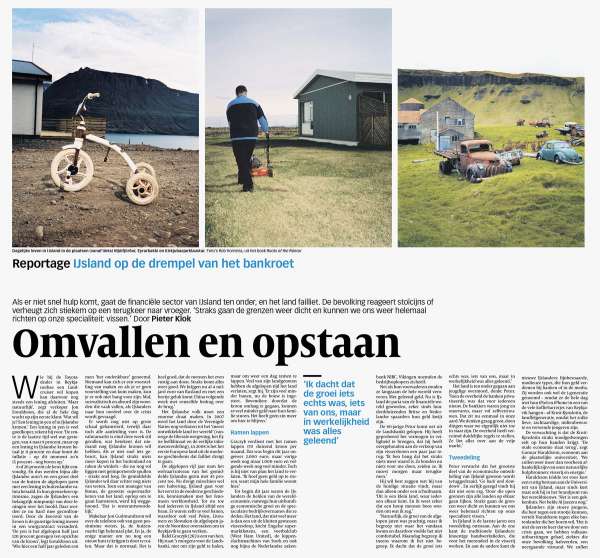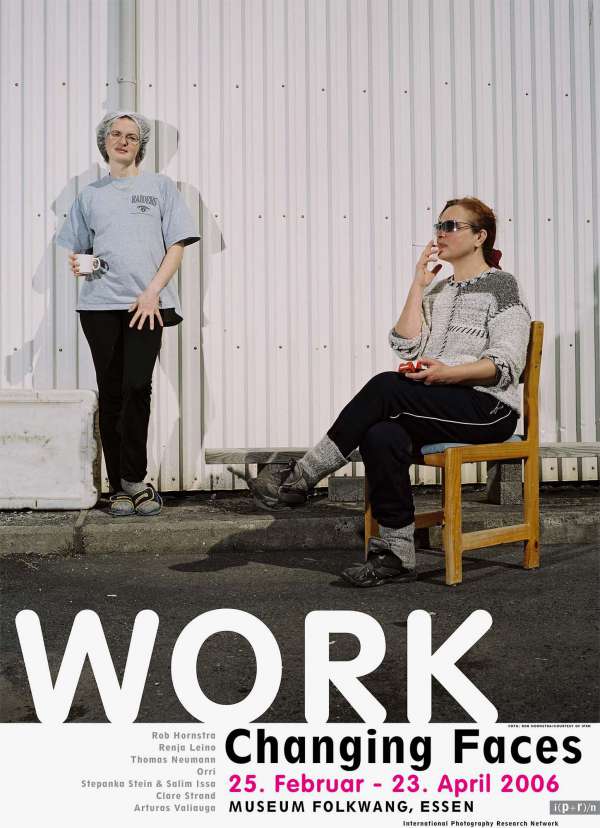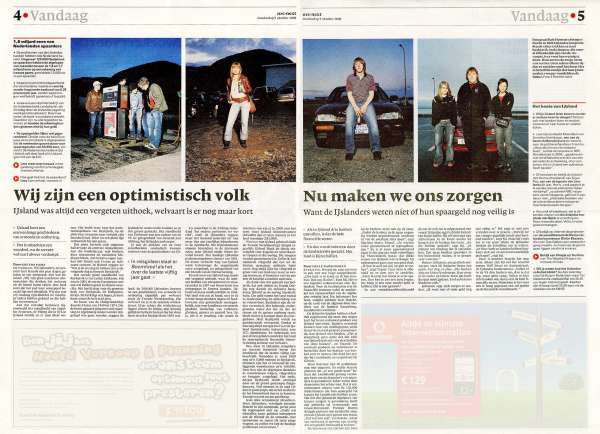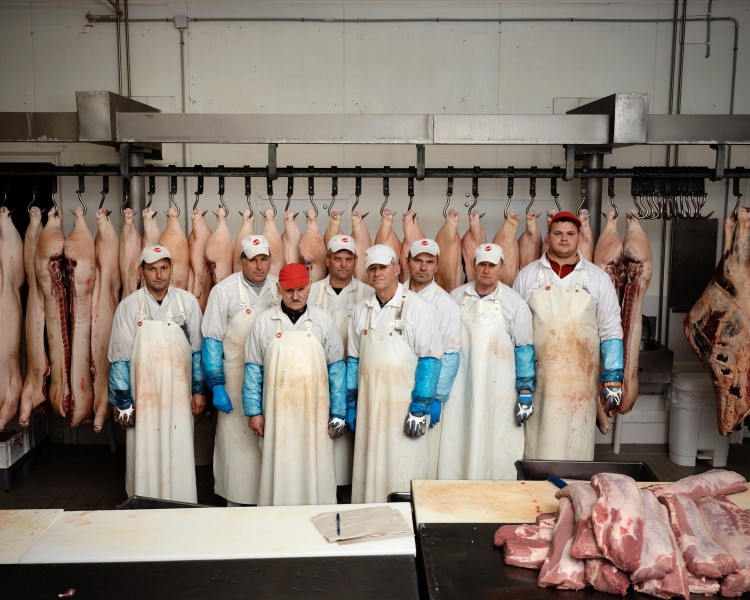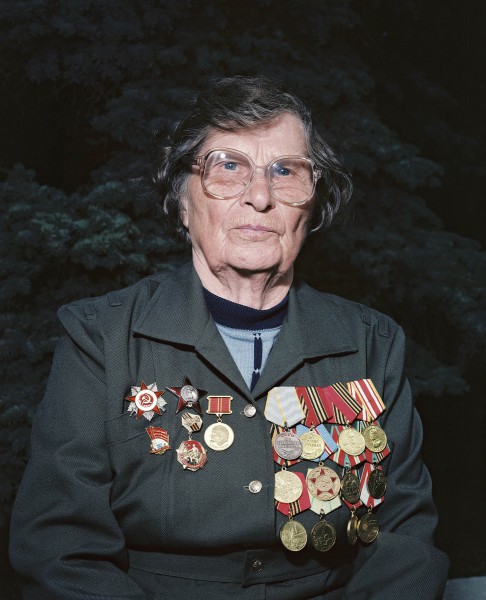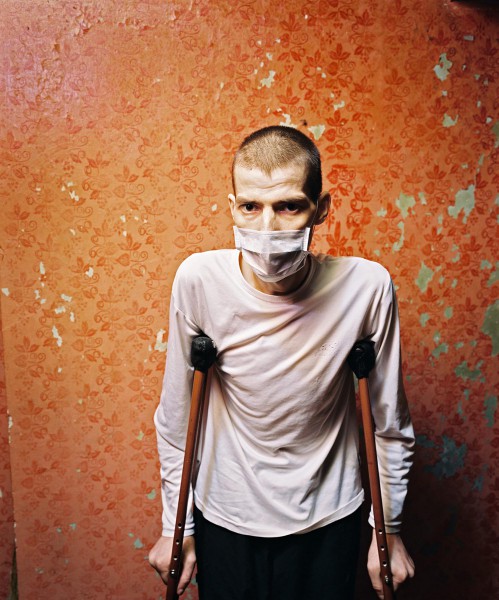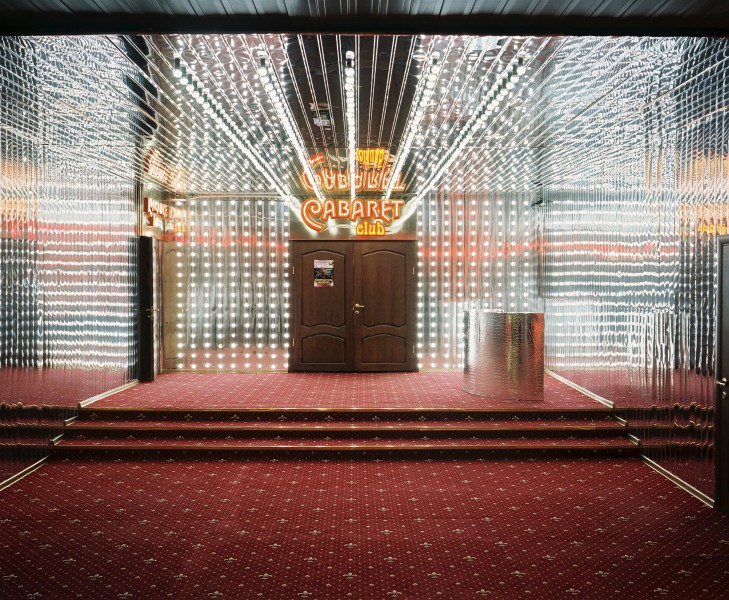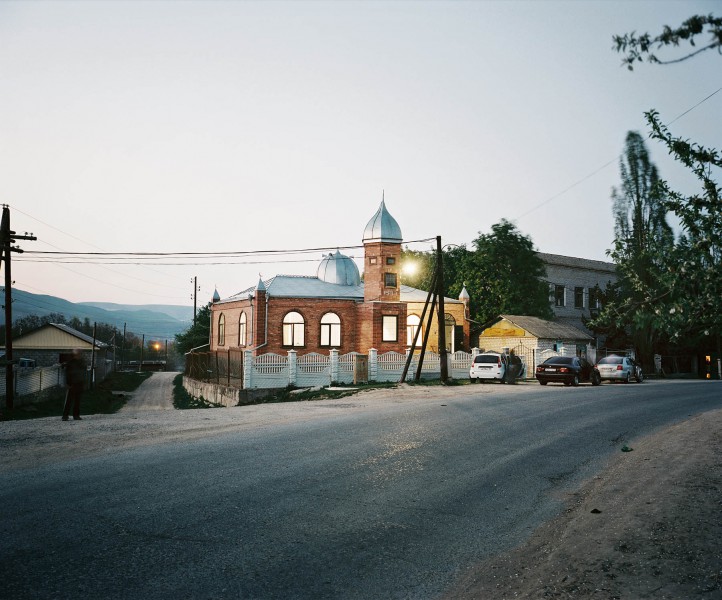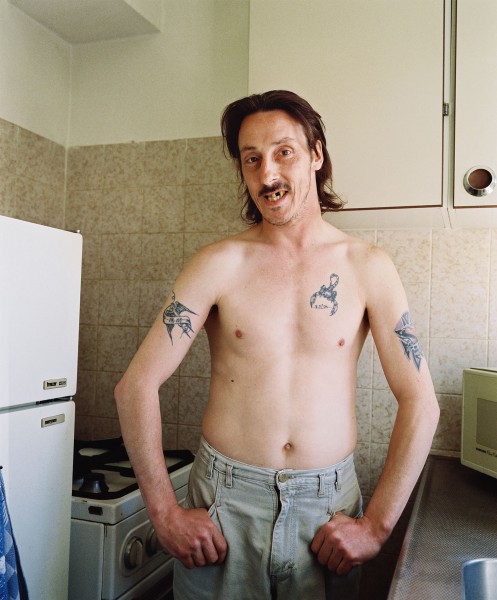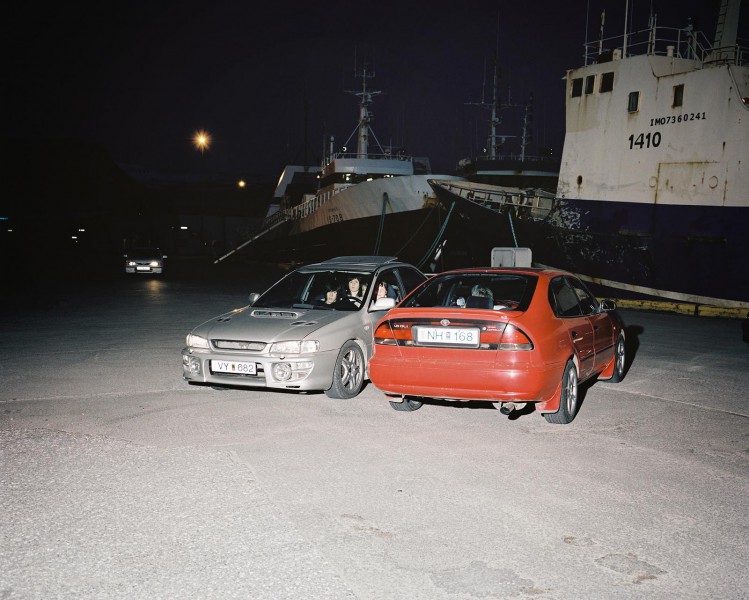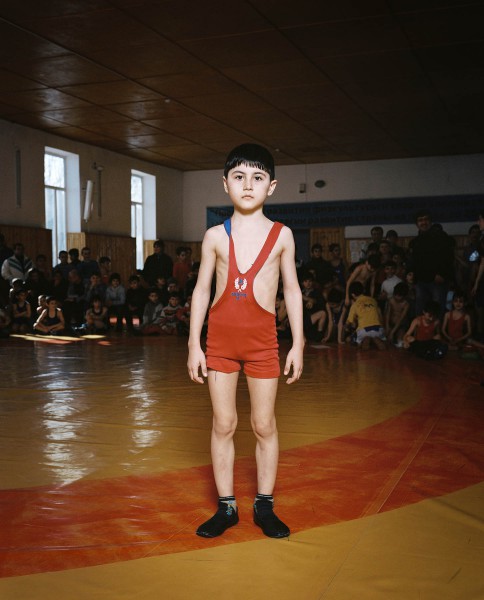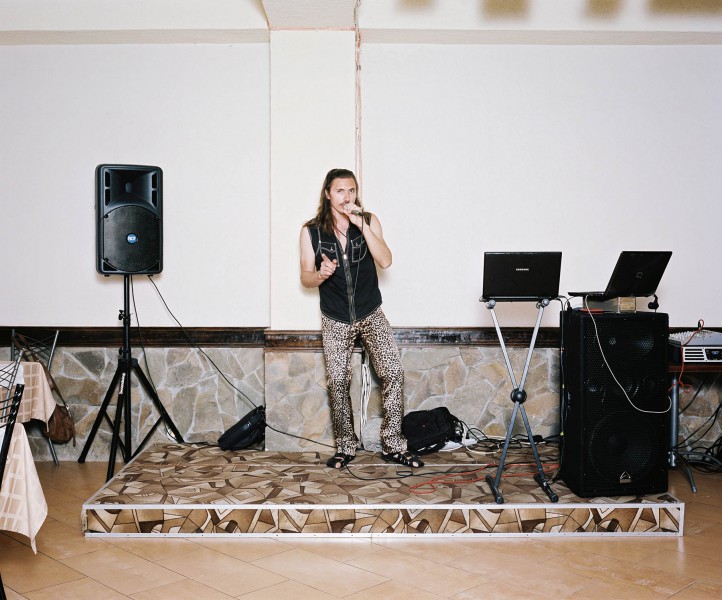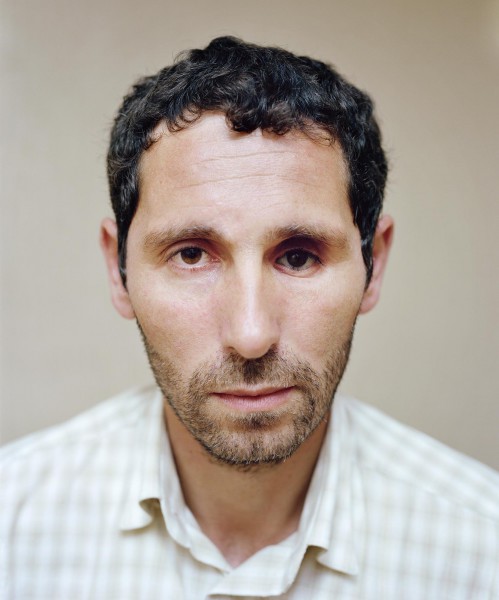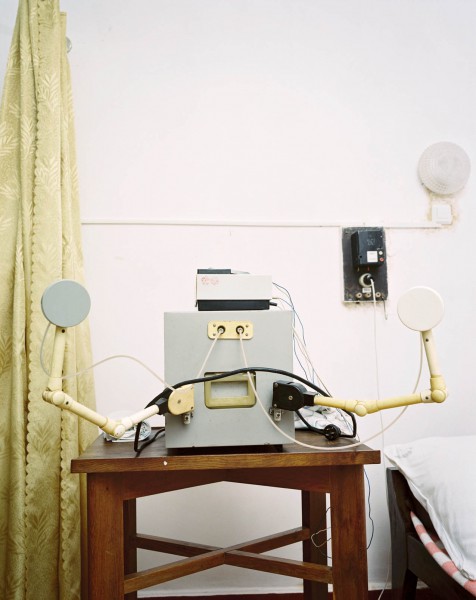Roots of the Rúntur
The introduction of fish quotas in the eighties lead to an industrialization of the Icelandic fleet in order to be able to compete on the world market. The traditional craft of fishing gave way to modern mass production. A job in the fish industry is no longer popular among Icelandic youths. Immigrants from Eastern Europe and Asia gratefully make use of the gap that Icelanders leave behind and now work in this formerly traditional, Icelandic sector. Roots of the Rúntur is a social documentary that shows the changing face of Iceland through a typically Icelandic phenomenon: the rúntur. The rúntur is a circle road in often desolate villages. Teenagers drive around in their cars for hours and hours. Due to the harsh climate outside and a lack places to meet, the car became their social gathering where they talk, listen to music, drink, smoke and flirt.
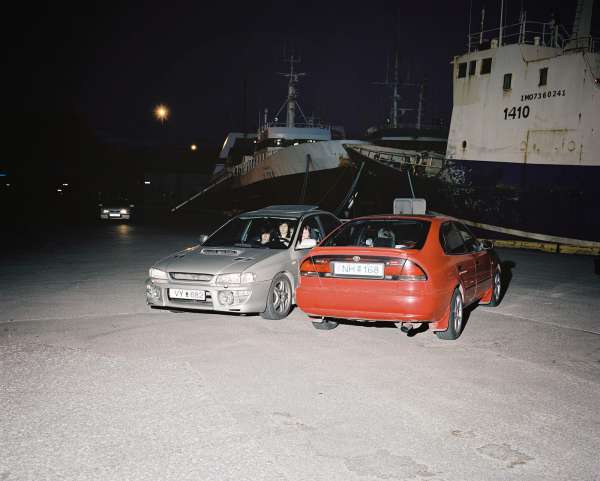
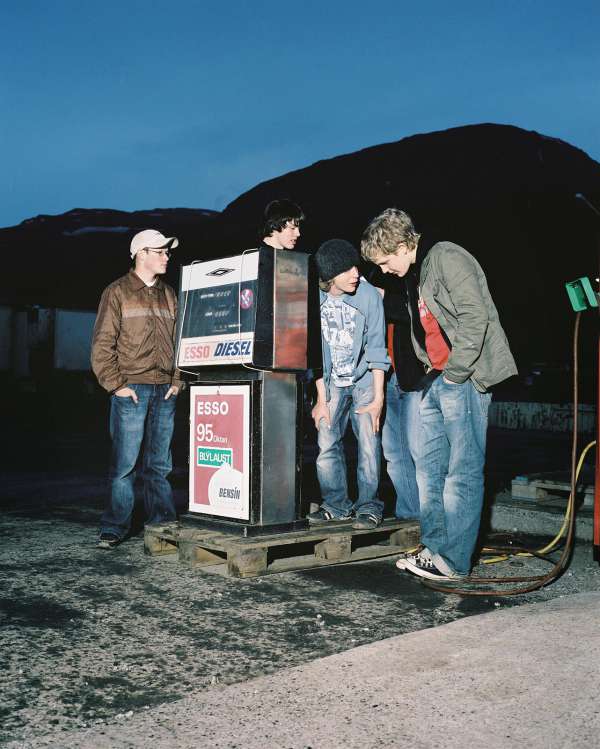
Teenagers at the petrol station.
Reydarfjördur, Iceland, 2005
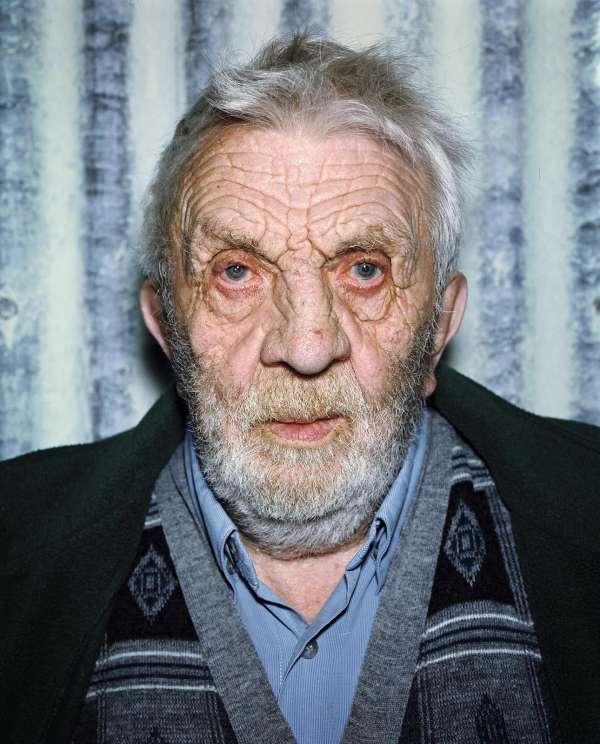
Sigurdur Kristjánsson has sailed all his life.
Súdavík, Iceland, 2005
”In Iceland, you’re not allowed to go to a disco or club until you’re twenty. Usually that is the age at which teenagers stop driving the Rúntur. So did I. However, I sometimes still join in. It works best for when I want to discuss problems with my brother.”
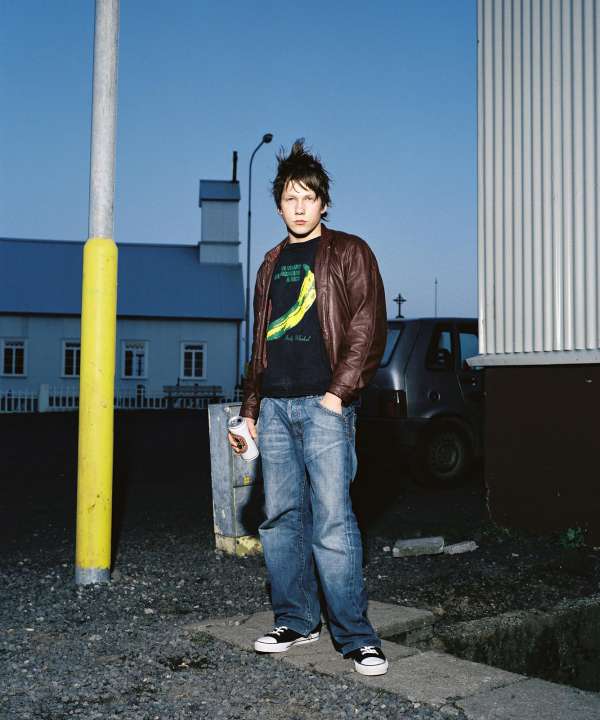
Sigurjón Dan Vilhjálmsson plays in a band called Nilfisk.
Stokkseyri, Iceland, 2005
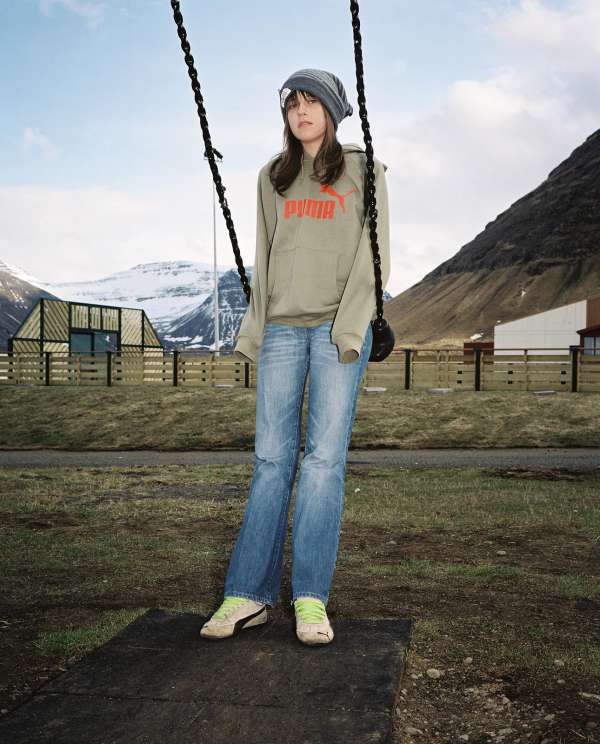
Hanna hanging out at the soccer field.
Bolungarvík, Iceland, 2005
“I mostly drive in the village of Selfoss. You don’t meet anyone outside of the village and the real purpose of Rúnting is meeting people, isn’t it?”
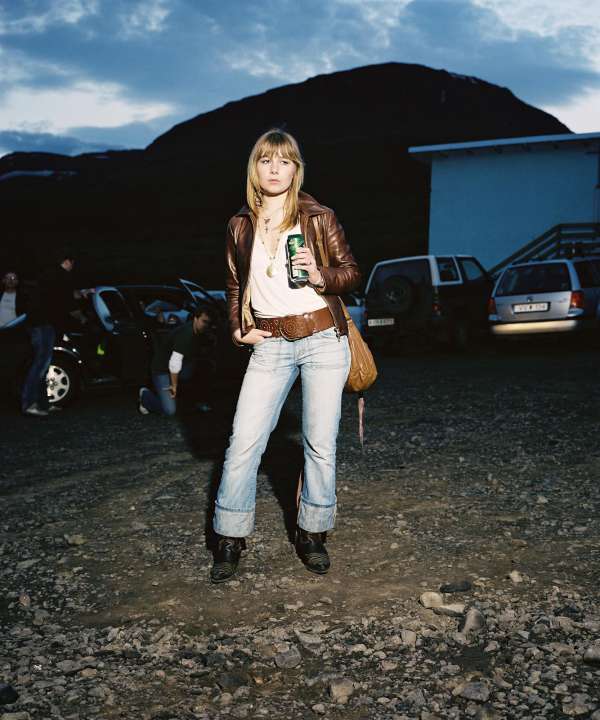
Thóra Lind Helgadóttir on a parking lot.
Reydarfjördur, Iceland, 2005
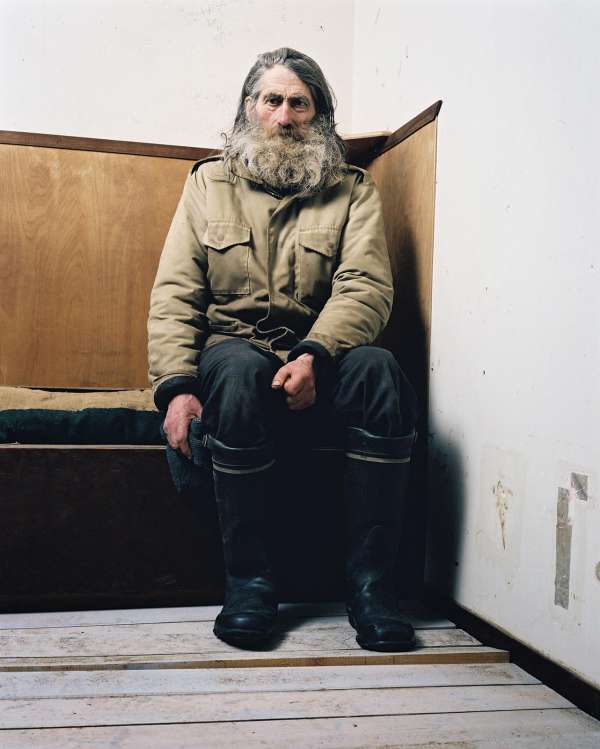
Sverrir Valdimarsson (66) on his farm.
Kirkjubaejarklaustur, Iceland, 2005
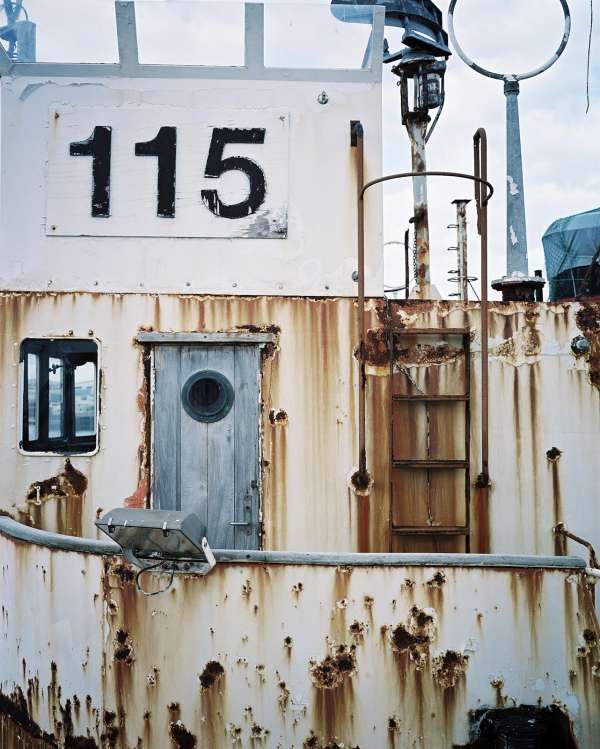
A whaling vessel that is no longer in use.
Reykjavík, Iceland, 2005
“All this talk about money, about how Iceland is becoming wealthy … but where is all that money? Politicians juggle it around and it dissappears. We, the elderly, don’t see any of it.”
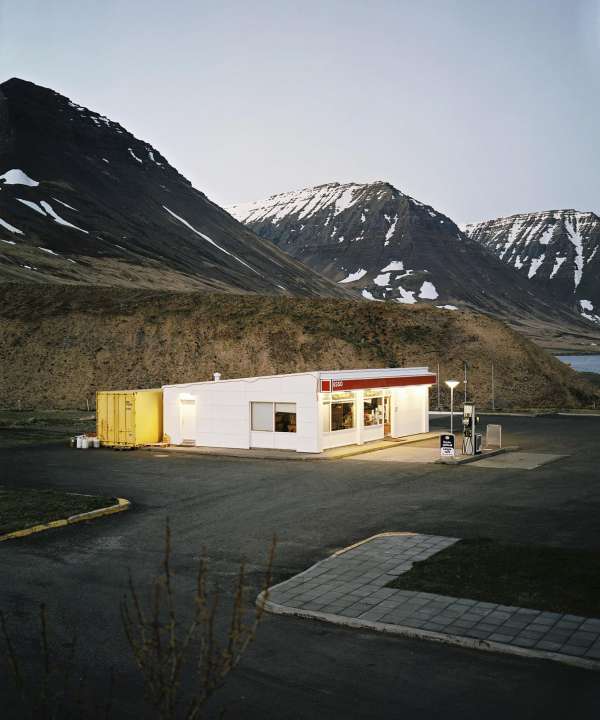
New petrol station after an avalanche in 1995 killing 16 villagers.
Flateyri, Iceland, 2005
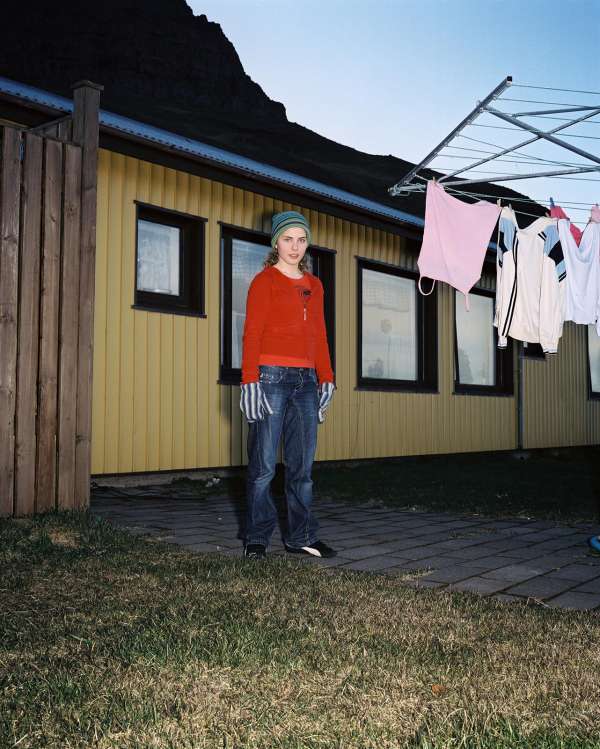
Sigrídur Ágústa in her garden.
Bolungarvík, Iceland, 2005
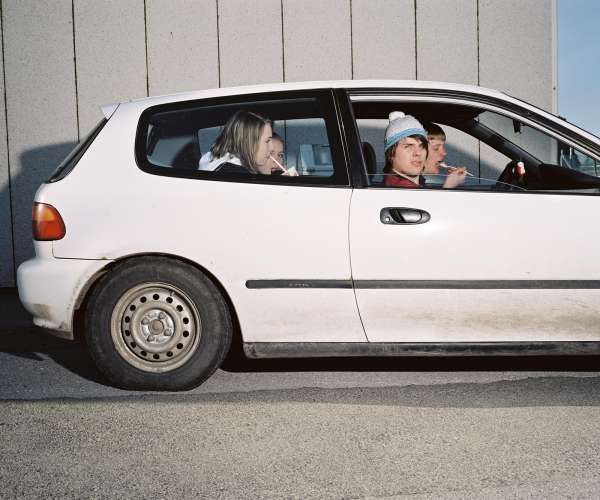
Nonni and his friends driving around in the village.
Bolungarvík, Iceland, 2005
“The Rúntur is really like going to visit someone. The only difference is that you’re driving in circles.”
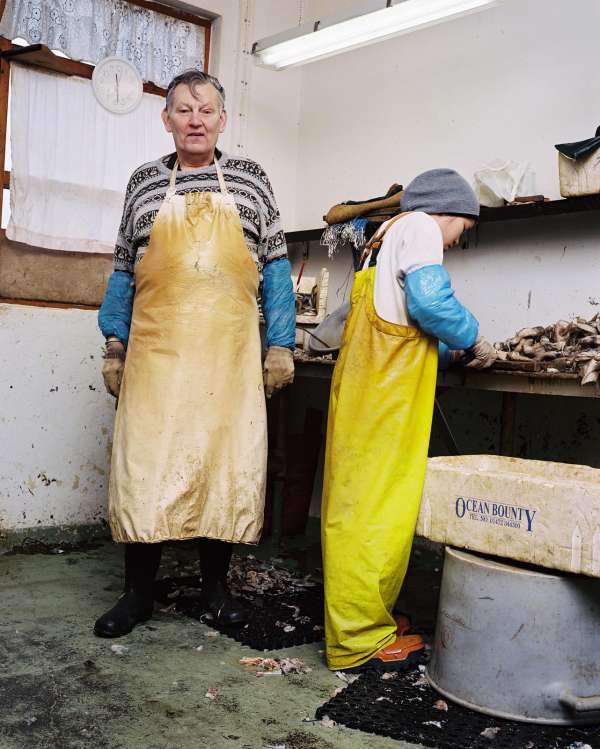
Hördur Snorrason and Lamduan Seejaem working in a baiting shed.
Bolungarvík, Iceland, 2005
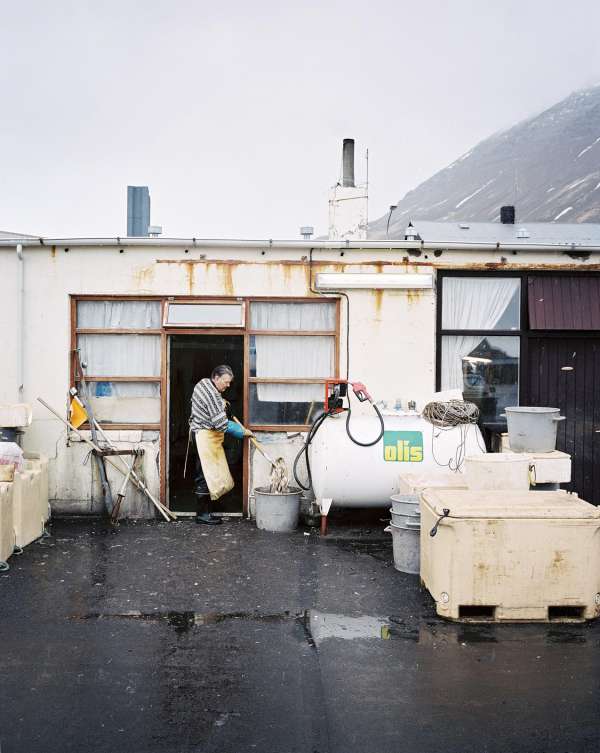
Hördur’s small baiting shed near the harbor.
Bolungarvík, Iceland, 2005
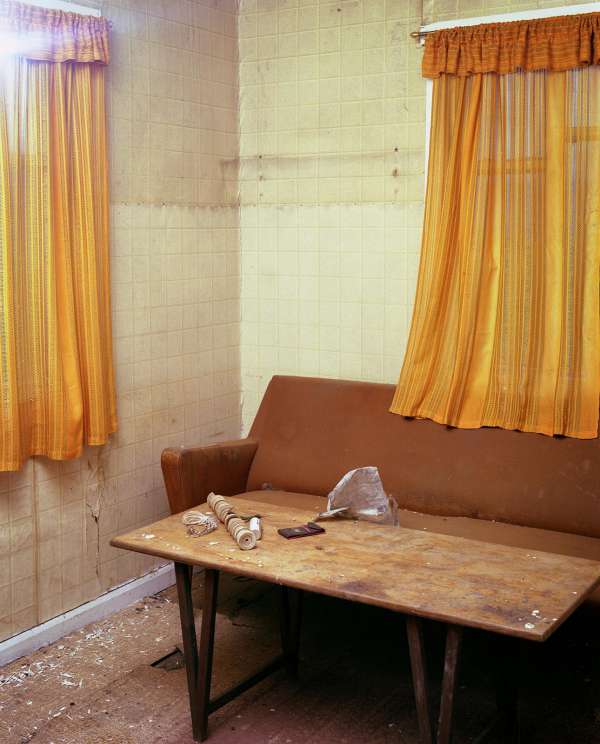
Abandoned house.
Borgarfjördur, Iceland, 2005
“In Akranes, the teenagers always drove a circle through the village. No one knows why, but they stopped. Now, they ride the Rúntur in one street, they just turn around at the end.”
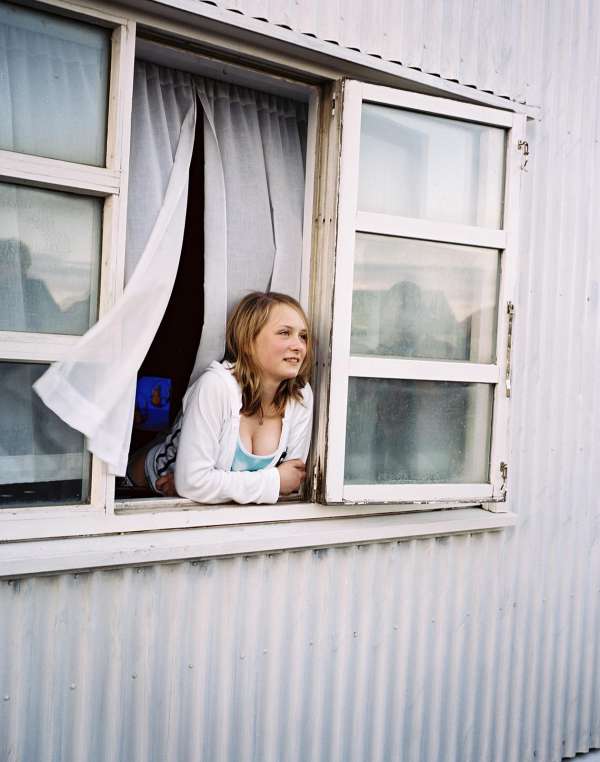
Anna Lena Segler talking to local boys.
Eyrarbakki, Iceland, 2005
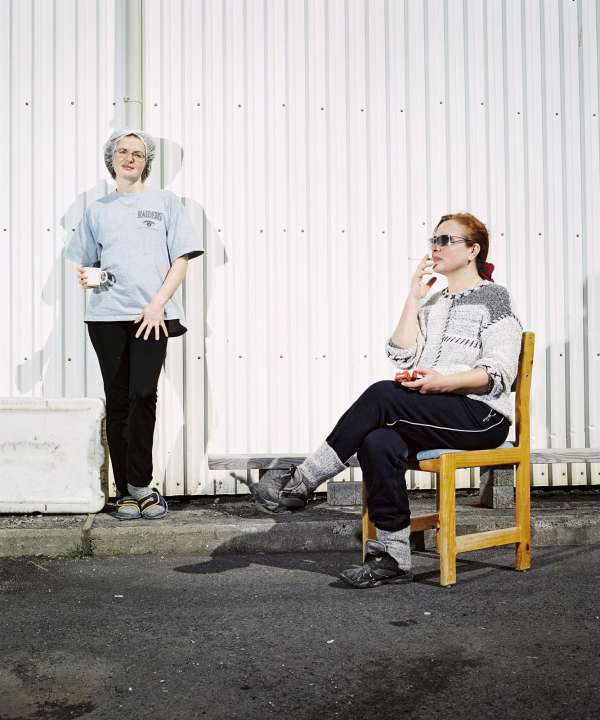
Vera and her mother from Lithuania.
Thorlákshöfn, Iceland, 2005
“Even if the wages would have been higher, I still don’t think Icelanders would be working in construction or in the fishing industry. All Icelanders seem to be going to school these days, or are studying something.”
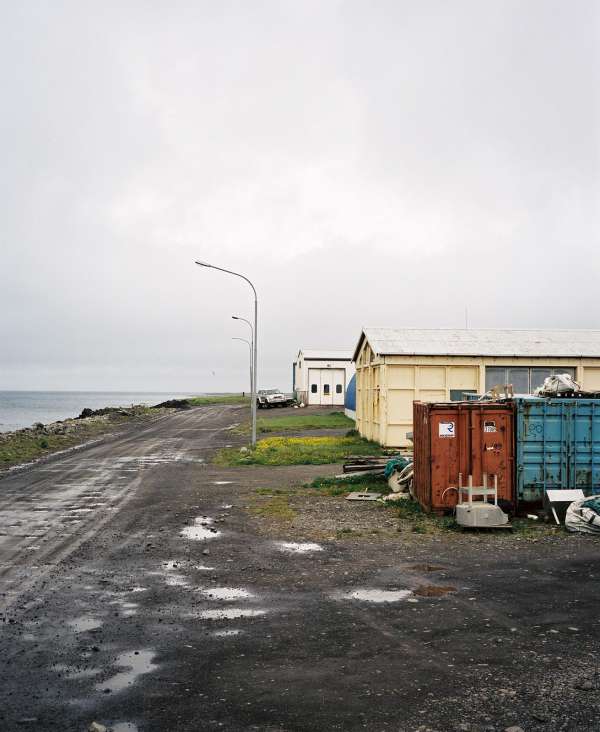
Industrial area.
Thórshöfn, Iceland, 2005
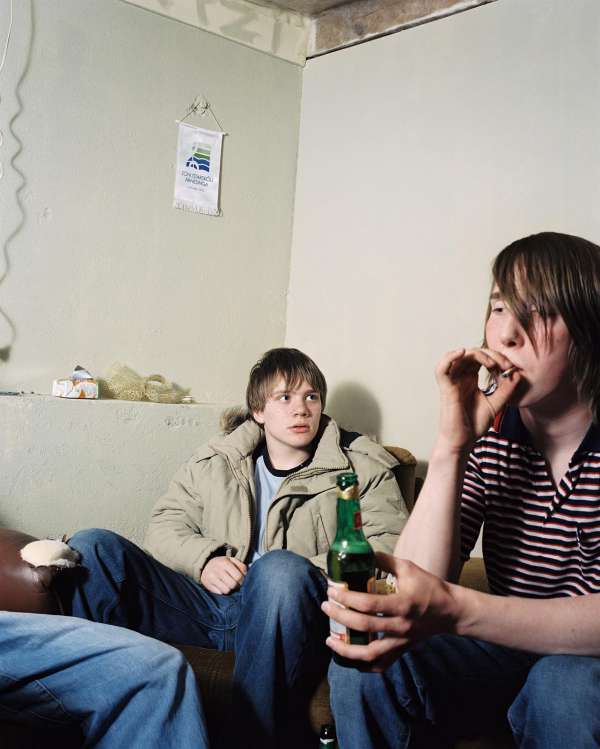
Ingimar and Karl in rehearsal space of band.
Stokkseyri, Iceland, 2005
“The Rúntur defines the Icelander perfectly: Just as they isolate themselves from the outside world by driving around in a car, they also isolate themselves in their daily lives as much as possible.”
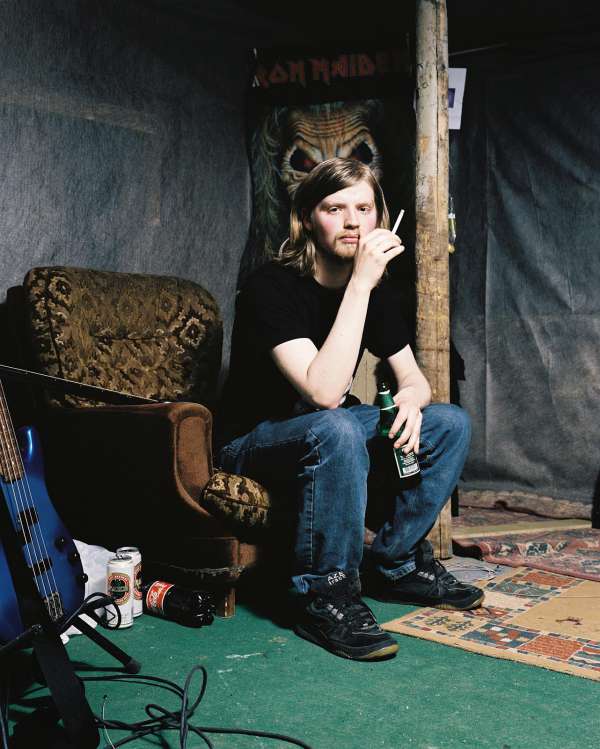
Jóhann is singer and guitar player.
Stokkseyri, Iceland, 2005
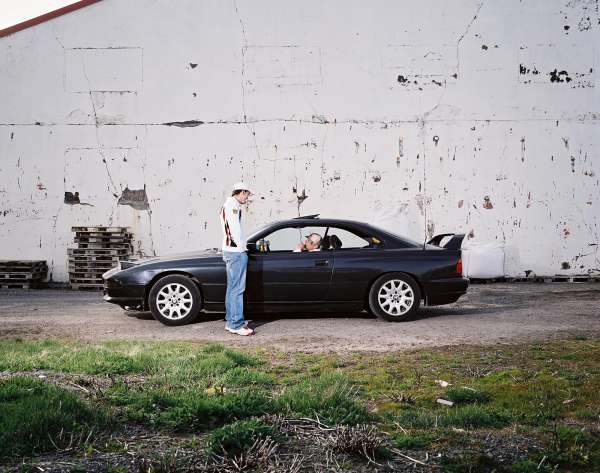
Polish migrant worker Marcin next to Kristofer’s second hand BMW 850i.
Flateyri, Iceland, 2005
“I think all young people should work in our fish plants first to understand why our economy is growing so strongly and how the fishing industry has shaped our country.”
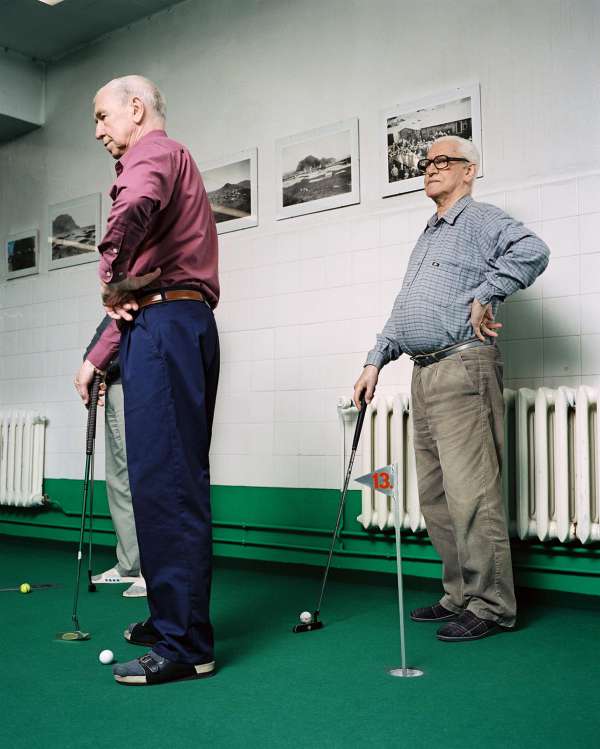
Mini golf for retired people.
Vestmannaeyjar, Iceland, 2005
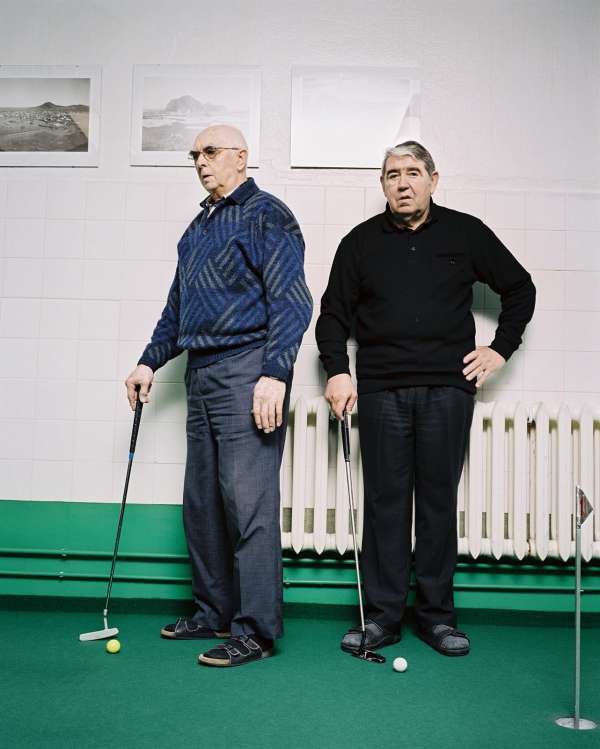
Mini golf in former fish processing plant.
Vestmannaeyjar, Iceland, 2005
“When I was young, cars didn’t exist yet. Our Rúntur was a walk along the sea shore. There we met girls and all sorts of things happened. I bought my first car when I was 46.”
